Revamp Your Space: Custom Indoor Greenery for Seasonal Charm
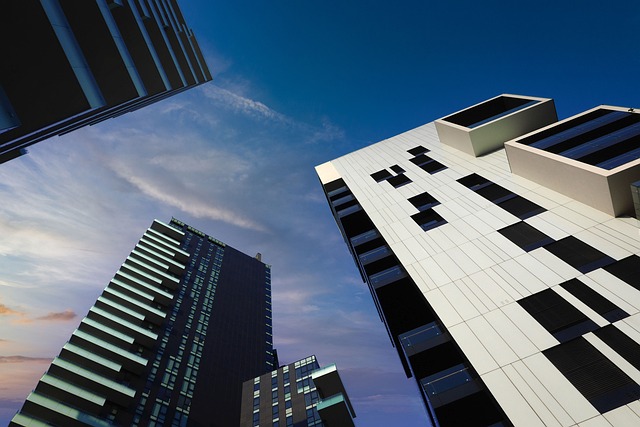
Seasonal plant rotations using custom indoor greenery enhance home decor, air quality, and mental he…….
In the realm of interior design, a quiet revolution is taking place, one that involves bringing the outdoors in—literally. Interior plant design, an artful blend of botany and aesthetics, has emerged as a powerful tool to transform indoor spaces. This practice involves strategically incorporating live plants into various settings, from residential homes to commercial offices and public venues. As a growing trend worldwide, it promises not only visual allure but also significant benefits for human well-being and environmental sustainability. In this comprehensive article, we embark on a journey through the world of interior plant design, exploring its intricacies, impact, and promising future trajectory.
Interior plant design is a specialized field that focuses on the artistic and functional integration of plants within indoor environments. It involves selecting, placing, and maintaining live plants to enhance aesthetics, improve air quality, and create soothing atmospheres. This design approach is not merely about arranging greenery; it entails a deep understanding of plant biology, human-plant interaction, and interior space dynamics.
Core Components:
Plant Selection: Choosing the right plants is crucial. Designers consider factors like light availability, space constraints, temperature, and moisture levels to select species suitable for the specific interior environment. Tropical plants, succulents, and air-purifying varieties are popular choices.
Spatial Integration: This involves deciding where to place plants within a room or building. Strategically positioned greenery can serve as focal points, create visual interest, or provide a sense of tranquility. Hanging plants, vertical gardens, and floor standing specimens offer diverse options for spatial integration.
Aesthetic Appeal: Interior plant design aims to enhance the overall aesthetic of a space. Plants contribute to color palettes, texture contrast, and overall ambiance. Designers often use plants as accents or create thematic displays to achieve specific atmospheres, from serene retreats to vibrant, modern spaces.
Air Quality Improvement: One of the most significant benefits of interior plant design is its ability to purify indoor air. Plants absorb carbon dioxide and release oxygen through photosynthesis, helping to improve air quality. Certain species are known for their superior air-purifying capabilities, making them valuable additions to indoor environments.
The concept of incorporating plants into living spaces dates back centuries, with ancient civilizations using greenery to decorate their homes and temples. However, modern interior plant design has evolved significantly over the past few decades. The post-World War II era saw a rise in mass production and urbanization, leading to a growing appreciation for nature’s calming influence. This led to an increased interest in bringing plants indoors, particularly as a means of combating the ‘sick building syndrome’ associated with indoor air pollution.
In the 1980s and 1990s, interior plant design gained prominence as a distinct discipline, driven by growing awareness of environmental issues and a desire for more aesthetically pleasing, natural interiors. This period witnessed the emergence of specialized designers and the development of innovative planting systems, such as hydroponics and aeroponics, which made it easier to maintain plants in controlled indoor settings.
Interior plant design has transcended cultural boundaries, becoming a universal trend that caters to diverse tastes and environments. Its global impact is evident across various regions:
North America: The United States and Canada have seen a surge in residential interior plant design, driven by the growing demand for eco-friendly and aesthetically pleasing homes. Retailers offer an extensive array of plants, and online resources provide guidance on care and placement.
Europe: European countries like Germany, the Netherlands, and the UK have embraced indoor plant culture, with a focus on sustainable design practices. Vertical farming and urban greening initiatives are popular, as cities strive to incorporate more greenery into their built environments.
Asia: In countries like Japan and China, interior plant design is deeply rooted in traditional aesthetics, often featuring bonsai trees and other artistic plant arrangements. Modern interpretations blend these traditions with contemporary design trends, creating unique indoor landscapes.
Key Global Trends:
Vertical Greenery: The trend towards vertical gardening has taken the world by storm. Vertical gardens, walls covered in plants, and hanging planters transform ordinary spaces into lush green oases. This trend is particularly popular in urban settings where space is limited.
Air-Purifying Plants: With increasing awareness of indoor air quality, there’s a growing demand for plants known for their purifying abilities. Species like Snake Plant (Sansevieria), Peace Lily (Spathiphyllum), and English Ivy (Hedera helix) are sought after for their efficiency in removing common airborne toxins.
Eco-Friendly Design: Sustainability is at the forefront of interior design, including plant design. Designers and consumers are opting for native plants, locally sourced specimens, and low-maintenance varieties to reduce environmental impact.
Thematic Displays: Creative designers are using plants as a canvas for artistic expression, creating themed interiors with specific plant arrangements. From jungle-inspired spaces to minimalist plant installations, these designs offer unique visual experiences.
The interior plant design industry is a significant economic sector, influencing various markets and employment opportunities.
Market Impact:
Retail: Garden centers and home improvement stores have seen increased sales of indoor plants, with consumers investing in greeneries to enhance their living spaces.
Real Estate: Properties with well-designed indoor plant features are often sought after by tenants and buyers, potentially increasing property values. Real estate developers are incorporating plants into their designs to create more desirable and sustainable buildings.
Hospitality: Hotels and restaurants are utilizing interior plant design to create welcoming atmospheres. Plants add a touch of nature to dining experiences and can enhance guest satisfaction.
Employment Opportunities:
The industry supports various professions, including landscape architects, garden designers, interior plant designers, and nursery workers.
With the growing demand for plant-centric interiors, there’s a corresponding need for skilled professionals who can create, install, and maintain these features.
Interior plant design offers numerous advantages beyond aesthetic appeal, contributing to improved well-being and environmental sustainability:
Improved Mental Health: Studies have shown that interacting with greenery can reduce stress, lower blood pressure, and boost mood. The calming presence of indoor plants may help alleviate symptoms of anxiety and depression.
Enhanced Air Quality: As mentioned earlier, plants absorb pollutants and release oxygen, leading to better air quality in indoor environments. This is particularly important in regions with high pollution levels.
Energy Efficiency: Strategically placed plants can act as natural insulators, helping regulate indoor temperatures. This may reduce the reliance on heating and cooling systems, leading to energy savings.
Educational Opportunities: Interior plant design encourages learning about different plant species, their care requirements, and ecological roles. It fosters a deeper connection with nature among occupants.
Caring for indoor plants is an essential aspect of successful interior plant design. Proper maintenance ensures the longevity of plants and maximizes their benefits:
Light Requirements: Understanding each plant’s light needs is crucial. Some thrive in bright, indirect light, while others can tolerate low light conditions. Placement near windows or the use of artificial lighting can meet these requirements.
Watering: Overwatering is a common mistake. Allow soil to dry between waterings and ensure pots have adequate drainage. Different plants have varying watering needs, so it’s essential to research each species’ preferences.
Nutrition: Indoor plants may benefit from periodic fertilization during the growing season. Organic or slow-release fertilizers can provide necessary nutrients without burning the roots.
Pest and Disease Management: Regular inspections can help identify and address pest infestations early. Natural remedies and preventive measures, such as maintaining good air circulation, are effective in managing plant health.
Modern technologies have revolutionized interior plant design, making it more accessible and efficient:
Hydroponics and Aeroponics: These soilless cultivation methods enable the growth of plants in nutrient-rich water solutions or air, respectively. They are ideal for indoor spaces with limited room for traditional soil-based gardening.
Smart Plant Systems: Internet of Things (IoT) devices can monitor plant health, light levels, and moisture content, providing real-time data to help designers and homeowners maintain optimal conditions.
3D Printing and Customization: 3D printing technology allows for the creation of unique, custom planters and supporting structures, enabling designers to bring their creative visions to life.
The future of interior plant design looks bright, with growing awareness of sustainability and well-being driving innovation and creativity:
Sustainable Practices: Designers are exploring ways to incorporate native plants, vertical farming, and urban greening solutions to create eco-friendly indoor environments.
Biophilic Design: This concept emphasizes the connection between humans and nature by incorporating natural elements into interior spaces. Interior plant design is a key aspect of biophilic design, promoting healthier, happier occupants.
Virtual Reality (VR) and Augmented Reality (AR): VR and AR technologies can offer immersive plant design experiences, allowing clients to visualize plant arrangements in their homes or offices before making purchases.
Plant-Based Wellness: There’s a growing trend towards using plants as tools for wellness practices, such as meditation and mindfulness exercises. Interior plant design can play a significant role in creating calming spaces that support mental health and overall well-being.
Interior plant design is more than just a decorative trend; it’s an art form that enhances our living and working environments. With its global reach and diverse applications, this design discipline continues to evolve, offering endless possibilities for creative expression and sustainable living. As we embrace the benefits of nature in our indoor spaces, the future of interior plant design promises to be vibrant, healthy, and environmentally conscious.

Seasonal plant rotations using custom indoor greenery enhance home decor, air quality, and mental he…….

Modern interior design trends like living walls and vertical gardens bring nature indoors, enhancing…….

Successful interior plant design requires understanding your space, selecting suitable planters and…….
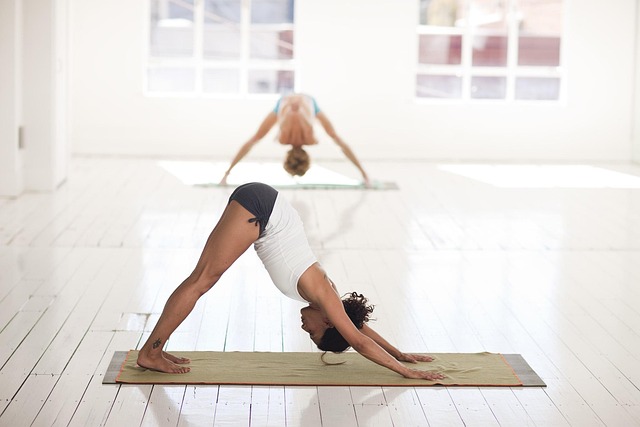
Custom indoor greenery enhances air quality and creates a pleasant ambiance. Plants act as natural p…….
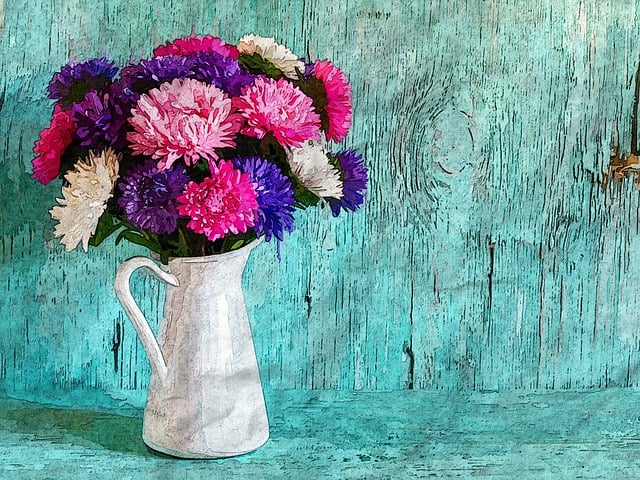
Corporate plant decor significantly enhances office productivity and employee well-being by strategi…….
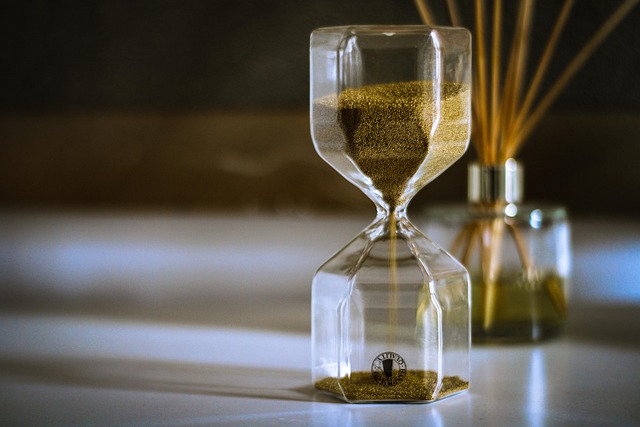
Before arranging indoor plants, measure space and consider furniture placement. Choose containers th…….

In dynamic corporate plant decor, staying current with trends enhances aesthetics and well-being. Lo…….
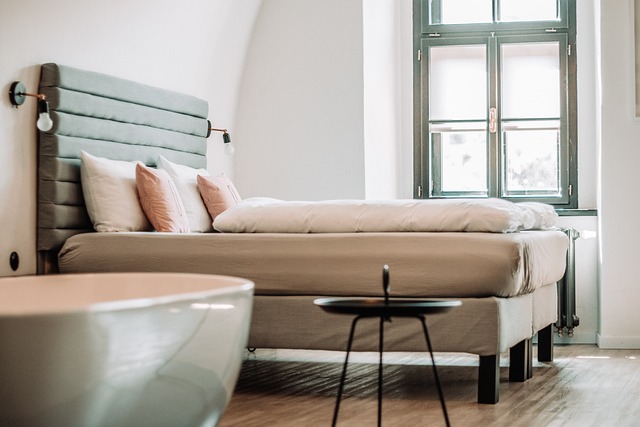
Interior plant design offers a natural solution to improve indoor air quality (IAQ) by incorporating…….
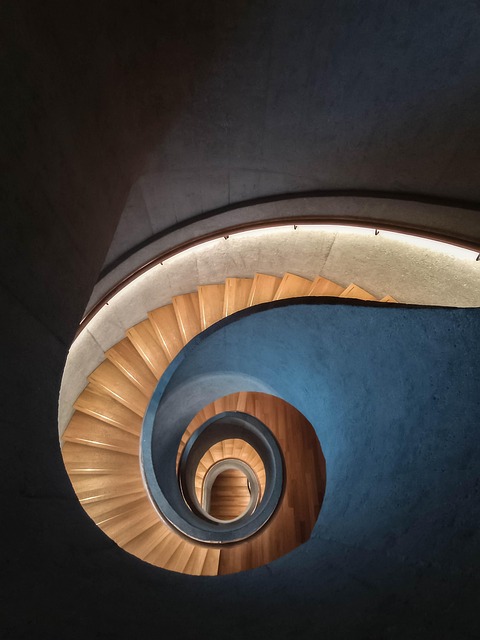
Terrariums and moss walls are trending in modern plant interiors, offering miniature landscapes and…….
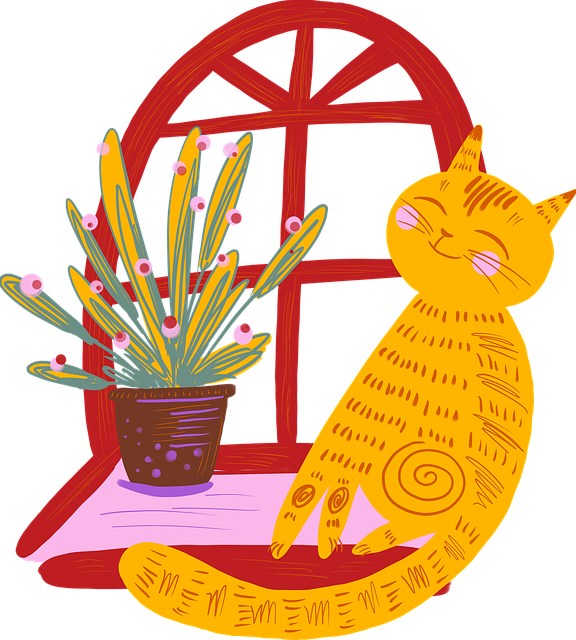
Modern interior design embraces nature through interior plant design, particularly living walls and…….